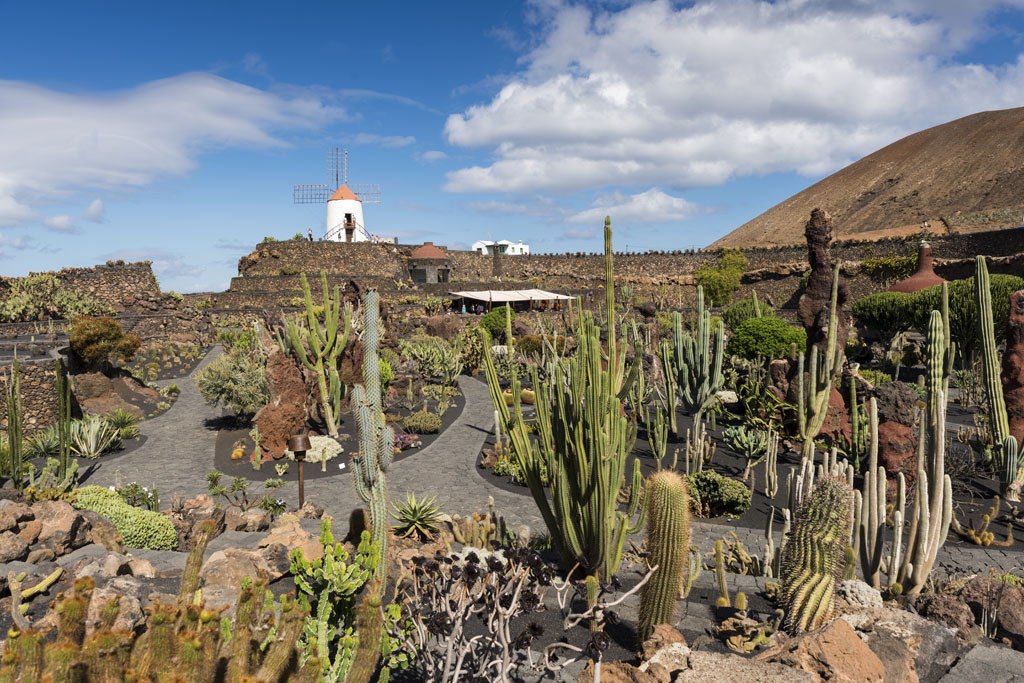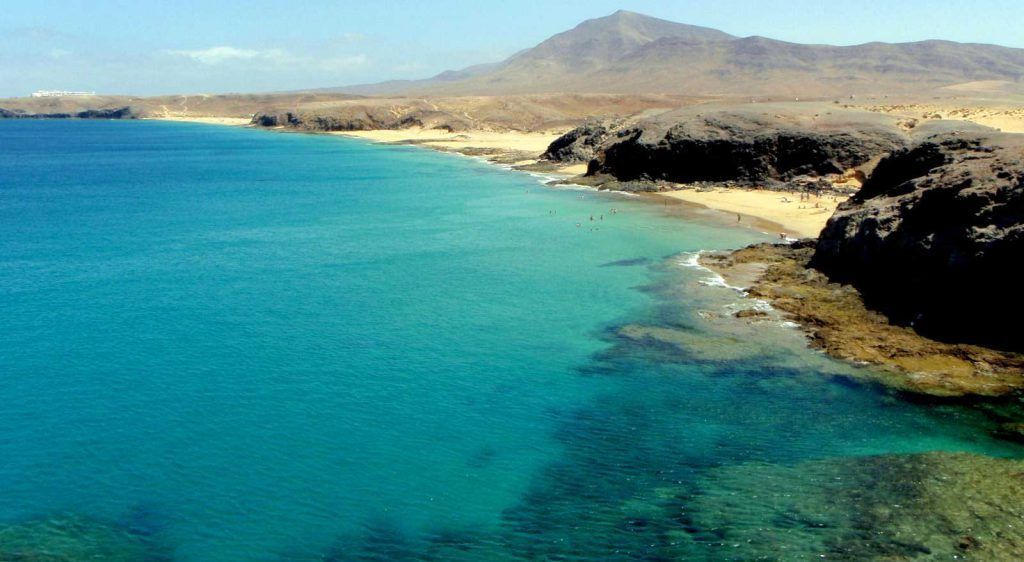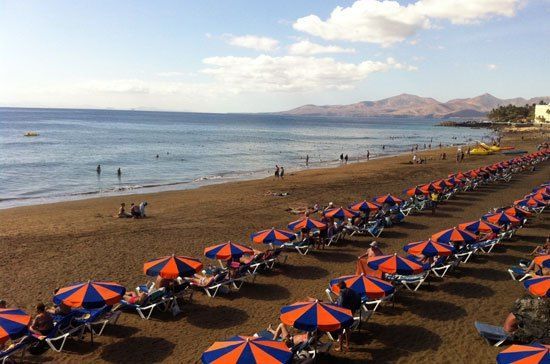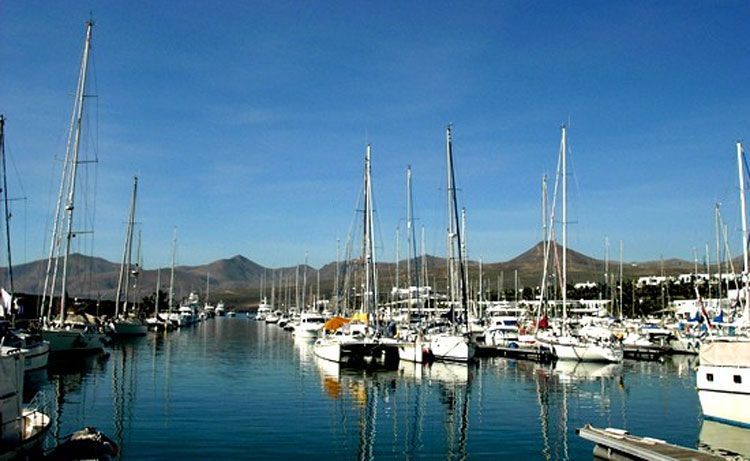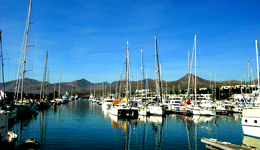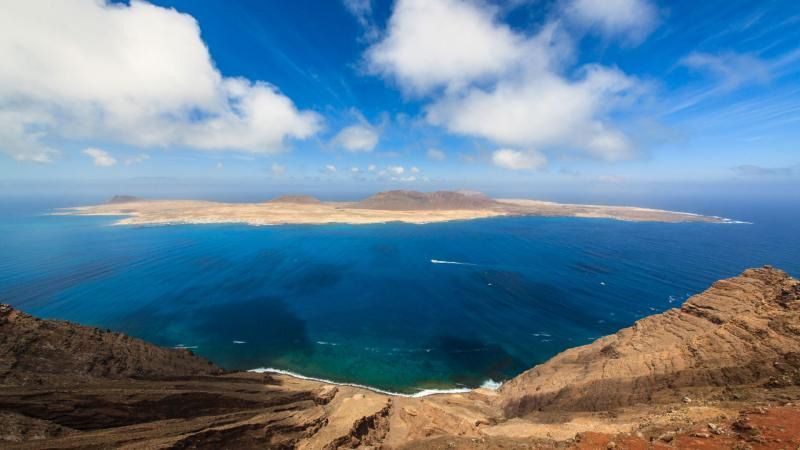Lanzarote in January: weather, things to do and why visit
The Cactus Garden in January, with clear skies and perfect temperatures for exploring. Credit: editorial photography. While half of Europe shivers under rain, snow or perpetual grey, Lanzarote in January…

